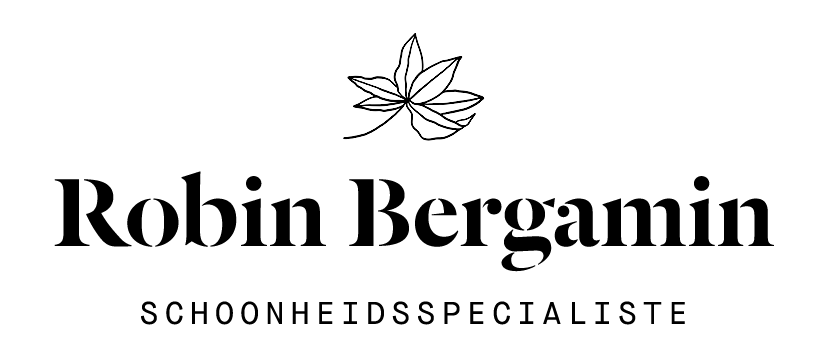Hormones and the skin
I think it’s great to be a woman. The wonderful world of the female body, my empathy, sensitivity and strength. On the other hand, we go through a whole cycle every month with all the emotions and physical discomfort that entails. The hormones fluctuate quite a bit, they work together and they alternate.
But what are hormones anyway?
Hormones are biochemical messengers that affect the activity of all cells, organs and tissues. Your body and your skin are therefore under the influence of hormones, so we have adrenaline (fight, flight response), cortisol (anti-stress hormone), melatonin (sleep hormone), insulin (sugar hormone, IGF1), thyroid (T3 / T4) and much more. But these are important hormones that are also important for beautiful skin. For example, (chronic) stress causes inflammation and dry/dull skin. Too little melatonin causes disturbed sleep, which also contributes to poor skin. Insulin is needed to take up the glucose present in the cell. With an excess of sugars (refined sugars, carbohydrates, dairy, etc.) the insulin in the blood rises, which also causes the insulin grow factor 1 (IGF1) concentration to be increased. The IGF1 is related to sebum production -> inflammation.
Thyroid gland: you can have a slow or too fast working thyroid gland, both cause physical problems. In relation to the skin, it can cause dryness, loss of eyebrows and thinning skin.
The skin
The skin is also under the influence of these hormones. One of the most important hormones that ensures beautiful, hydrated skin is estrogen. You may be dealing with too high or too low estrogen levels. If your estrogen level is too low, your skin deteriorates, you get wrinkles faster (decrease in collagen and elastin) and the moisture content is out of balance (hyaluronic acid). An increase in testosterone often leads to impurities or even acne.
How can hormones be out of balance?
This can be due to your genes, (chronic) stress, nutrition (including xenoestrogens), contraception, sleep deprivation and the transition.
